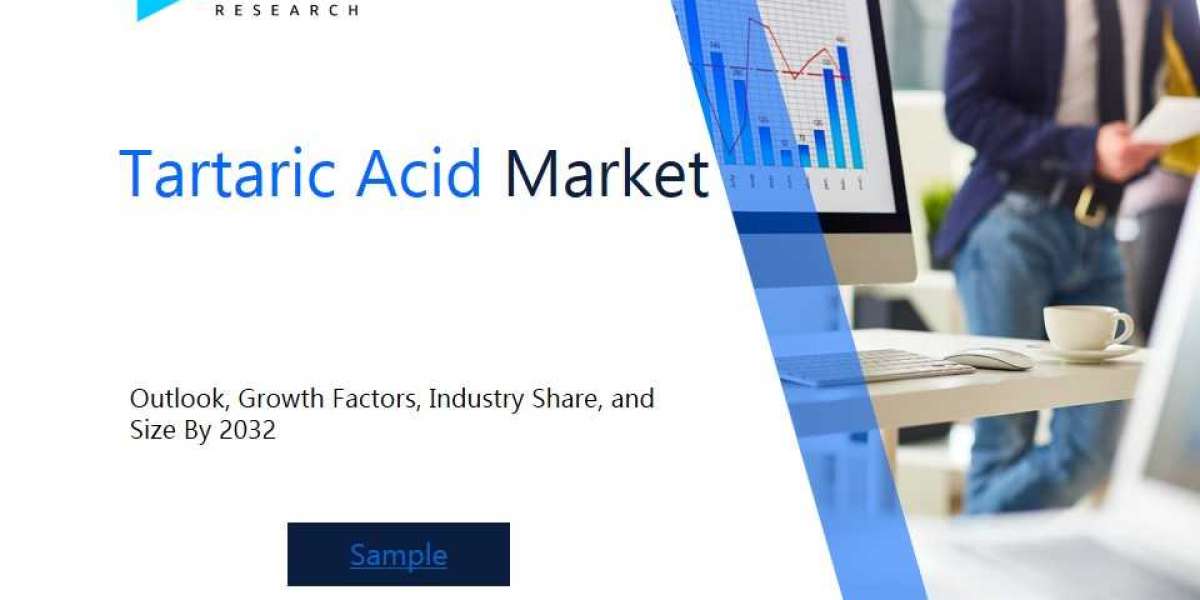iHave you have found yourself lost in a software hell?/i You are not alone. Every magazine you pick up advertises new and improved software; your junk email, I like to call g-mail, tells you of the latest products; you see it in catalogs; and your phone rings and some vendor is pushing you to purchase their latest package. You know you need software, or newer software, and colleagues are telling you that the latest software will help your business, make you more profitable, and help your customer service experience. But how do you determine what software is good for your business? brbr
Lab and quality managers are forced to wear several different hats when choosing software for their business. Labs that have the resource of an IT department or an employee that has some software experience get frustrated trying to sift through the software maze and give up (more often than not). They decide the only way they are going to get what they want is to build it themselves. This fix seems to be a simple solution up-front but anyone who has been through this process will tell you it is far from simple. brbr
bClassifications/bbr
Software can be classified into different functional areas. Some packages do a good job of overall functionality, but most of the “best in class” applications specialize in a few specific areas of function. General classifications of software would include bench top, management, internet, mobile, enterprise, PDA and instrument packages.
brbr
bThe Environment/bbr
The first evaluation that needs to be done is to review the hardware that will be used by the new system. Will it be the same hardware, new hardware, some of both? You will want to look at the oldest machine that will be used by the software and make sure it meets the specification requirements of the software. In some cases, the upgrading of the hardware can be just as expensive as the software. If the hardware being used does not meet the requirements of the software, then your first decision point has been reached: do you replace the hardware or look for different software? If the life cycle of the hardware is to expire before the life cycle of the software, then it is usually easy to determine which way to go.
brbr
The second evaluation should be your connectivity to the outside world. If the software package requires any connection to the internet you will need to understand the capabilities of your facility. Like the hardware, this too can be upgraded if required and many of the high speed cable or DSL connections are as cheap as dial-up. If your bandwidth to the internet is limited, this may hinder or stop functionality of some software products. As a general rule, each user going out to the internet will consume about 16k of bandwidth utilizing a standard browser. If the user is requesting data on a regular basis, this utilization will increase. As a general rule of thumb, divide the bandwidth by 64k to determine how many people can ‘work’ through the internet connection.
brbr
The third evaluation will be the location of work. Is all of your work done in the lab or is some done on-site? Depending upon the ratio of on site work, the ability for the software to support the on-site process may be a factor. Additionally, if work is being done on-site and the software requires an internet connection, does the facility you are working at have a connection you can use? Many companies have requirements and limitations in allowing outside users access to their system. On-site work may require the use of a laptop or other portable computer device. Make sure you understand the basic requirements of the software for performing the work onsite before purchasing or upgrading any hardware. Licensing of on-site software should also be evaluated; if the on-site license cannot be used while that technician is not on site you may be forced to purchase more licenses than you have users. Software packages that allow the license to follow the user whether on-site or in the lab can be more cost effective.
brbr
bThe Workflow/bbr
Before seeking a software package sit down and develop a simple work process flow chart of your facility, starting from the time you contact the customer through the time you return the equipment to the customer. Include notes about other applications being used that impact your business or any requirements that you have to export data. It is recommended once you have developed the baseline chart that staff from different areas of your business review the chart. Technicians on the bench will most certainly have a different view from the quality auditors or business managers. Get as much input as you can for the business model. This will make it easier to evaluate how your software should support your business.
brbr
Once you have developed a good work flow model then the difficult task begins analyzing each of the work processes to determine if they will fit your future business needs and how critical they are to your business model. Some software packages expect you to change your business practices to meet the needs of the software. If you are highly flexible in how you do business, this aspect of the software decision will not be too difficult. However, if your business practices are supporting other processes outside of your business model, then it is important that the software be able to adapt to support your critical processes as well as the other outside business practices.
brbr
bThe Platform/bbr
The next step is to determine what operating system and style platform you want to run on. Some packages can run on Windows, Unix, Linux, or Mac operating systems and do not care what data storage product you choose. Generally these packages come in one of two platforms: Browser-based or Desktop.
brbr
bAsking the Right Questions/bbr
Now you have some good tools to help you evaluate each software package. If you have determined the platform and the type of application you want to use this will narrow the number of applications you need to review. Next you will need to determine what types of software you need to review.
brbr
bIn Summary/bbr
Do your homework and don’t be afraid to ask for some help. Remember, every product was new at one point. New software will take advantage of new technology which usually means you get more bang for the buck. Examine all the angles and trends. You want to mitigate the risk, improve your processes, create a better work place, provide better customer service, and, of course, make more money.








